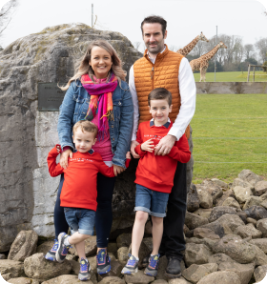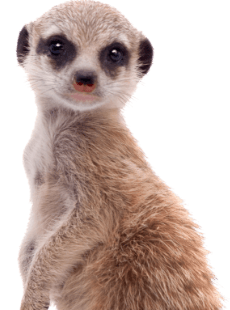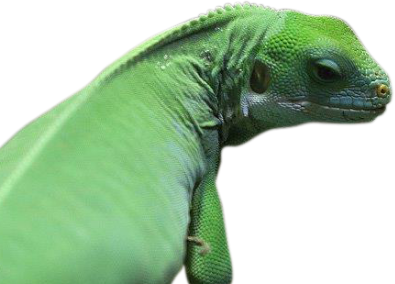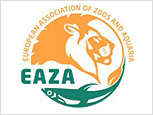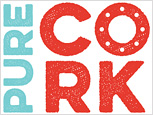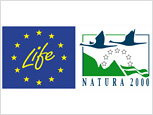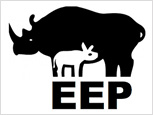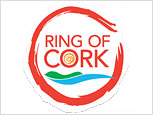Kafue Lechwe
KEY FACTS
-
LATIN NAMEKobus leche kafuensis
-
BIOMEWetlands
-
CLASSMammal
-
ORDERHerbivores
-
CONSERVATION STATUSLeast Concern

About the Kafue Lechwe
A magnificent-looking and fleet-footed antelope, the Lechwe stands up to 100cm tall and weighs between 70 and 120kg. The male is easily distinguished from its female counterpart because of its darker coat and long, lyre-shaped horns while both sexes have long hind legs – compared to other antelopes – to help it move with ease through marshy soils.
Habitat
The Lechwe is native to Africa and is found in Botswana, Zambia, southeastern areas of the Democratic Republic of the Congo, Namibia and eastern Angola. It lives exclusively in marshy areas where it will wade knee-deep into water in order to fed on aquatic plants.
Wild Notes
The species can gather in herds of thousands of individuals, though groups of between 20 and 30 are more common, and is a target for both land-based predators such as lions and hyaena as well as crocodiles and pythons because of its lifestyle habits.
Mothers leave the herd to give birth to their calves, which then stay hidden among reeds for up to three weeks after being born. Mortality rates are high as a result, with over 50% of young dying within the first few weeks.
Conservation
Commercial poaching for meat is one of the main reasons that Lechwe numbers in the wild are in decline. The Kafue Lechwe, in particular, is considered to be Vulnerable as its entire population is restricted to the Kafue Flats in Zamibia, an area with a seasonal flooding regime that is regulated according to human need.
Did You Know?
Outside of its breeding season, Lechwe generally live in male-only and female-only herds. Its legs are covered in a water-repelling substance that allows the animal run quickly while in knee-deep water; in contrast, the species is not as agile a mover on dry land.
The Fota Connection.
The Lechwe has been resident in Cork since the 1990s and shares its area of the Park with the European Bison. The two species mix well together and hold pride of place given the contribution Fota has made to both animals’ European breeding programmes.
The Park has sent some of its Bison calves back into the wild in Poland and holds the European Studbook for the Lechwe, which gives one of Fota’s senior wardens an active role in the species’ management within Europe.
